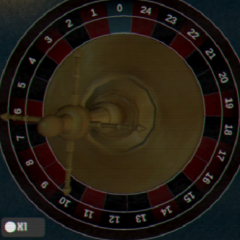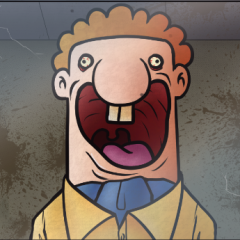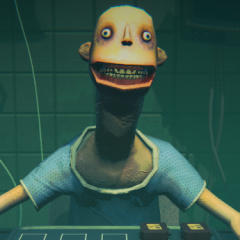That’s not my Neighbor
That’s Not My Neighbor puts the player in charge of a building entrance during a time of heightened alert. Each day, a line of individuals appears at the door, all claiming to be residents. The task is to decide who can be allowed inside and who might be impersonating someone else. The organization overseeing this process is the Department of Doppelganger Detection, also referred to as D.D.D. The rules are clear, but the outcomes vary based on accuracy and attention to detail.
That’s Not My Neighbor puts the player in charge of a building entrance during a time of heightened alert. Each day, a line of individuals appears at the door, all claiming to be residents. The task is to decide who can be allowed inside and who might be impersonating someone else. The organization overseeing this process is the Department of Doppelganger Detection, also referred to as D.D.D. The rules are clear, but the outcomes vary based on accuracy and attention to detail.
Inspection and Tools
Every person who arrives has a set of documents. These include identification cards, residence forms, and sometimes additional notes. The player checks facial features, handwriting, and other small traits. The goal is to identify those who are trying to deceive the system. Some visitors behave strangely, others seem normal but hide inconsistencies. The tools available are limited, but they allow for investigation and emergency response when something seems wrong.
The tools used during inspection include:
· A reference folder with known resident details
· A phone used to confirm information with the D.D.D.
· A checklist to compare visual traits
· Buttons to approve or reject entry
· An emergency signal for confirmed doppelganger threats
Escalation and Outcomes
As days pass, the difficulty increases. More convincing impostors begin to appear. Some bring false documents; others mimic behavior and speech. If too many errors are made, the consequences become more severe. Certain events change the rules or add new challenges. The player may receive warnings, or in some cases, be replaced if performance drops too low. There is no combat or action, but every decision carries potential risk.
Routine and Variation
The gameplay loop remains constant, but small variations create tension. Background sounds, unexpected visitors, or changes in policy force the player to adapt. Sometimes residents return with different appearances, claiming illness or injury. At other times, the D.D.D. will call mid-shift with instructions that contradict earlier guidance. This structure creates a balance between repetition and disruption, requiring both memory and flexibility.
Result and Replayability
Each session ends with a summary of mistakes and correct decisions. Players receive a grade based on their accuracy. Multiple endings are possible depending on how the story unfolds. Some paths lead to success, others to failure or unexpected incidents. The game can be played in short sessions or explored more deeply through alternate modes. That’s Not My Neighbor presents a system based on observation, logic, and controlled response to unknown behavior.














Comments